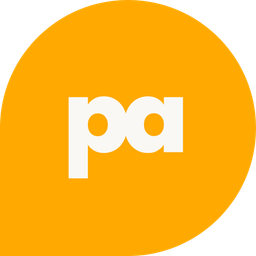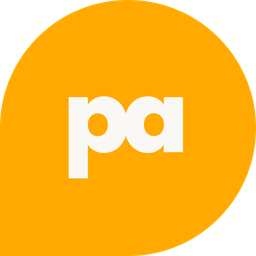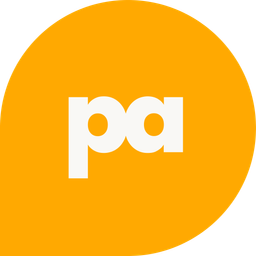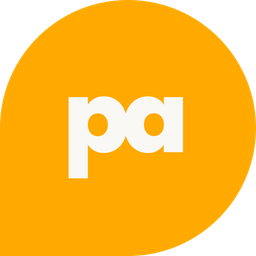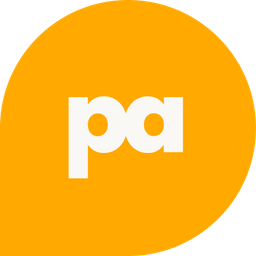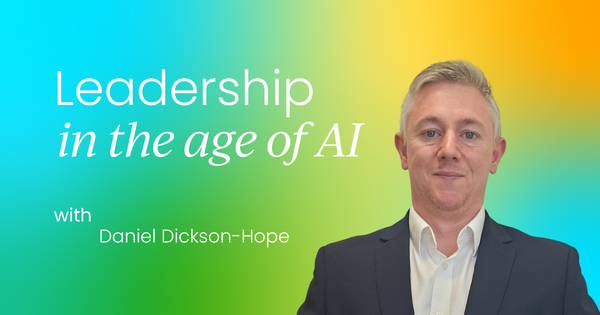If there’s one thing I’ve learned over the past two decades in people leadership, it’s that business is, at its core, a human endeavor. Every strategy, innovation, and financial result can be traced back to the way people feel about the work they do and the environment they do it in.
I didn’t get into HR because it seemed like a logical career path. I was drawn to it because I’m a people-centric person. It’s vocational for me.
Early in my career, I realized that I could drive performance through people, that I could help an organization thrive while also helping individuals find meaning, purpose, and satisfaction in their work.
Most people spend more waking hours at work than they do at home. That reality gives leaders a profound responsibility: to make that time matter.
When people enjoy what they do, when they feel seen, heard, and supported, the ripple effect extends far beyond the workplace. It touches their families, friends, and communities.
That’s why I believe that great leadership in HR (or “People”, as I prefer to call it) isn’t just about systems and compliance. It’s about creating experiences that help people be the best version of themselves, both professionally and personally.
From personnel to people strategy
The evolution of HR over my career has been nothing short of transformational. When I first started, we were still very much in the “personnel” phase: reactive, administrative, and often detached from the broader strategic goals of the business.
Since then, we’ve moved through HR into what I call the “People era”. We’ve gone from managing headcount to shaping culture.
From processing paperwork to driving transformation. From supporting the business to leading it.
That shift hasn’t always been easy. Legacy thinking still lingers in some organizations; the idea that HR exists simply to manage policies, payroll, and performance reviews.
But the reality today is far more dynamic. The modern CPO is a strategic architect of culture and performance, responsible for aligning the human experience with business outcomes.
In health and social care (the industry where I’ve spent much of my career) this evolution is particularly critical. Ours is a sector built on compassion, service, and human connection.
Yet it’s also one that faces enormous challenges: burnout, talent shortages, regulatory pressures, and constant transformation.
I often work with executive teams to move their workforces from burnout to balance, helping them understand that caring for their people isn’t a soft skill or a side project; it’s a business imperative.
The success of any organization is directly tied to the well-being, performance, and engagement of its people.
Leading at the top table
When I first began sitting at the C-suite table, I noticed something: people often introduced me as “the HR expert”. While technically true, it undersells what we bring to the table. I’m not just the “people person”, I’m a business leader who happens to specialize in people.
That realization changed how I approached my role. I stopped seeing myself as an advisor from the sidelines and started engaging as an equal partner in shaping business strategy.
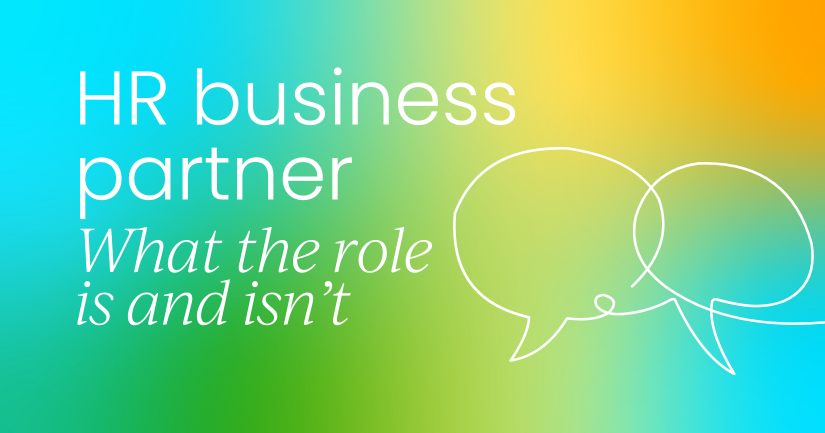
To do that, I had to speak the language of the business: data, metrics, performance, and impact.
Data has become one of the most powerful tools in my arsenal. It removes ambiguity. It moves conversations from anecdote to evidence.
Whether through management information, business intelligence, or the power of AI, I rely on data to tell the story of our people in numbers that resonate with finance, operations, and governance leaders.
For too long, HR reports were viewed as “soft” compared to financial statements. But today, we can demonstrate tangible ROI: how engagement drives retention, how development programs reduce turnover costs, and how culture impacts performance.
If you want influence at the top table, you must show that your people strategy delivers measurable business outcomes.
When you can demonstrate that your initiatives improve margins, reduce risk, and enhance efficiency, you’re no longer the “HR function”, you’re a strategic driver of the business.
The power of mentorship
If you ask me what’s shaped my leadership philosophy more than anything else, I’d say mentorship.
At senior levels, being a CPO or HRD can be a lonely place. You often find yourself navigating gray areas, balancing the needs of individuals with the direction of the organization, and doing so under intense scrutiny.
Having a critical friend, someone outside your immediate environment who understands those nuances, can be invaluable.
I’ve been fortunate to have mentors who’ve pushed me to see myself differently. One, in particular, said something that changed the way I view my role:
“You’re not just the people expert in the room, you’re a senior executive who happens to be a people specialist.”
That statement reframed everything for me. It reminded me that I have as much right to lead on financial or operational discussions as my peers. We’re all responsible for the health of the business, just from different vantage points.
I now try to pass that lesson on to others through my mentoring work with the CIPD Trust and other professional networks.
I tell aspiring HR leaders to get curious (about finance, governance, marketing, IT) because the more you understand about how the whole machine works, the more effectively you can influence it.
That curiosity builds credibility, and credibility builds confidence. When you can hold your own in conversations about P&L, risk, and strategy, you earn the respect of your peers.
Mentorship, at its best, is a cycle of empowerment. I’ve mentored people who have gone on to mentor others, and that chain reaction strengthens not just individuals, but the profession as a whole.
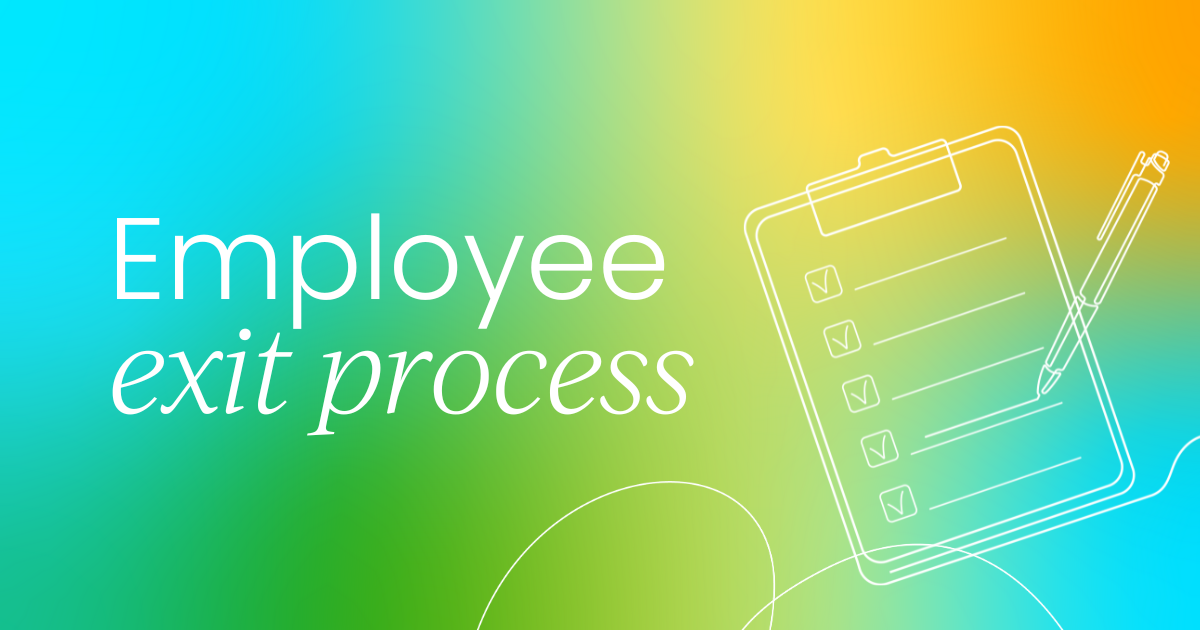
Culture as the cornerstone
Culture is the heartbeat of any organization. It’s what makes people stay, grow, and thrive, or what drives them away.
In my view, culture isn’t about beanbags, slogans, or “fun Fridays”. It’s about how people feel every day they come to work. Do they feel respected? Valued? Included? Do they understand the purpose of what they’re doing?
In health and social care, culture is especially powerful because of the emotional nature of the work. We have people who come to us straight out of school or university, often in their first job.
It’s our duty to create psychologically safe environments for them, places where they can learn, make mistakes, and grow without fear.
But culture also needs to be backed by structure. Induction, onboarding, coaching, development; these are the foundations that turn good intentions into sustained experiences.
Retention is one of the biggest challenges in our industry, and culture is the antidote. People don’t just leave jobs; they leave environments where they don’t feel heard or supported.
When culture and business goals are aligned, magic happens. But it’s important to remember: you can’t force culture. You have to earn it. You earn it through trust, transparency, and consistency. You earn it by listening.
That’s why I spend as much time as possible getting out into the business, visiting sites, talking to teams, sitting down for a coffee with people on the front lines.
Some are surprised when I do. They expect the CPO to be hidden away in the head office. But that’s not who I am. I want to hear their stories, their challenges, their ideas.
Those conversations are gold. They give you insight into what’s really happening, far more than any survey could. And when you remember a small detail from a past chat and bring it up later, people realize you were truly listening.
That’s the kind of connection that builds loyalty.
Emotional intelligence and curiosity
I often say that emotional intelligence is just as vital as commercial acumen. You can have all the data in the world, but if you can’t connect with people, you’ll struggle to lead them.
Empathy is a business driver. When leaders understand what motivates their teams, they can unlock potential that no algorithm could ever measure.
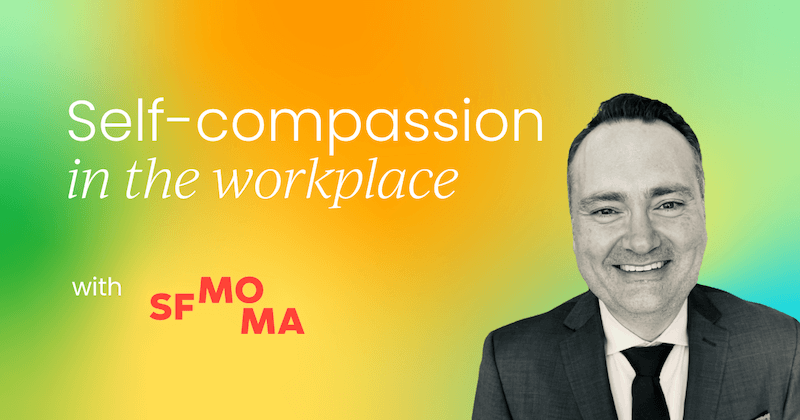
Curiosity ties into that. If you’re curious about people, their roles, their challenges, and their aspirations, you’ll naturally become a better leader. That curiosity builds bridges across departments and levels.
At Cavalry Healthcare, we’re introducing initiatives like “Finance for Non-Finance Managers” so that our teams can better understand how their work connects to the organization’s performance. It’s about broadening horizons and fostering collaboration.
When you encourage cross-functional understanding, you break down silos and create empathy across the business. People stop seeing each other as “other departments” and start seeing themselves as part of a shared mission.
The human side of AI
You can’t talk about leadership in 2025 without mentioning AI. It’s not coming, it’s already here.
In healthcare, we’ve been using AI tools for over a year now across everything from recruitment marketing to workforce analytics. It’s improving how we manage change, streamline operations, and forecast future needs.
What I love about AI is that it’s helping us be more human. That might sound ironic, but by automating administrative tasks and analyzing data at scale, AI frees us to focus on what really matters: people.
We use it to assist with workforce analytics, to identify trends before they become issues, and to make evidence-based decisions about talent and transformation.
But technology is only as powerful as the intent behind it. AI should never replace empathy; it should enable it. If it gives us more time to listen, coach, and connect, then it’s doing its job.
I’ve seen colleagues become more digitally fluent through exposure to AI tools. Some started with simple curiosity (trying out ChatGPT, for example) and that curiosity grew into a genuine appetite for digital learning.
That’s how transformation begins: not through top-down mandates, but through curiosity and empowerment.
AI is here to stay, and as long as we embrace it ethically and intelligently, it will make us better leaders, not lesser ones.
Retention: The three pillars
Retention is one of the toughest and most important challenges in any people strategy. From my experience, three key factors drive it: culture, compensation, and well-being.
1. Culture
It’s the foundation. When people feel proud of where they work and connected to their purpose, they’re far more likely to stay.
2. Compensation and benefits
It’s not just about money. Meaningful benefits, those that genuinely impact an employee’s life, matter deeply. Flexible working, financial education, and emotional well-being programs are the things that show you care.
3. Well-being
And let’s be clear, well-being isn’t free fruit and gym memberships. It’s about mental, emotional, financial, and physical support. It’s about creating safe environments where people can talk openly about how they’re feeling.
When organizations get these three right, everything else follows: higher engagement, lower turnover, better performance.
Building pathways, not just roles
Not everyone wants to climb the ladder, and that’s okay. I’ve met many employees who simply want to be the best they can be in the role they’re in. There’s comfort in mastery, and that should be respected.
For others who do want to grow, our responsibility as leaders is to provide a roadmap. Career development shouldn’t be a mystery. People should know where they can go, how to get there, and what support they’ll have along the way.
Even for those content in their current role, I always remind them that there’s a wider world beyond their immediate responsibilities. Just knowing that opportunities exist, even if they don’t pursue them, can be empowering.
The best career conversations I’ve had are the ones where an employee says, “Here’s how I can help the business if we make this change”. That kind of foresight is gold dust. It’s a sign that they see themselves not just as employees, but as partners in the company’s success.
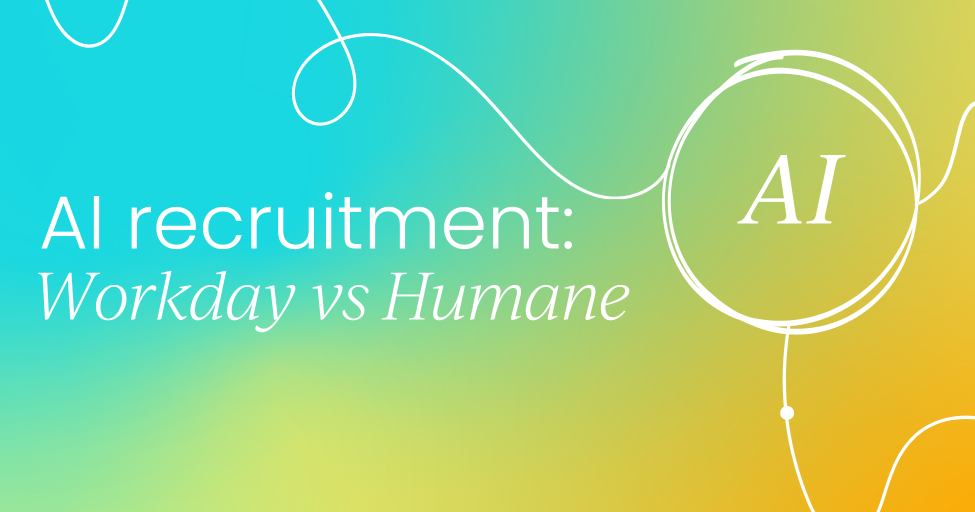
Advice for future Chief People Officers
For those aspiring to become Chief People Officers, my advice is simple:
Be curious. Learn how your business makes money. Understand the numbers. Build relationships across every function.
Don’t pigeonhole yourself as “the HR person”. You are a business leader who specializes in people. Speak the language of your peers. Learn from them. Challenge them and let them challenge you.
Most importantly, remember that people leadership isn’t about being liked but about being trusted. Trust is built on authenticity, consistency, and the willingness to make tough decisions with empathy and integrity.
And please, let’s finally debunk the myth that HR is just “here for the people”. We are drivers of business performance.
When we retain staff, we save recruitment costs. When we improve engagement, productivity rises. When we foster culture, reputation strengthens. It’s all connected and it all shows up in the numbers.
The future is human
As technology transforms the world of work, one thing remains constant: people are still at the heart of every success story.
AI, data, and automation are incredible tools, but they don’t replace the need for compassion, curiosity, and connection. In fact, they make those qualities more valuable than ever.
My mission, and that of every people leader I know, is to ensure that as we modernize our businesses, we don’t lose sight of the humans behind the systems.
Because no matter how advanced our tools become, progress will always depend on how we treat one another.
That’s the future I want to help build, one where people and purpose drive progress, together.
When you join our Slack community, you get access to a network of people leaders like yourself and the support you need to thrive in your role. Don't go at it alone.
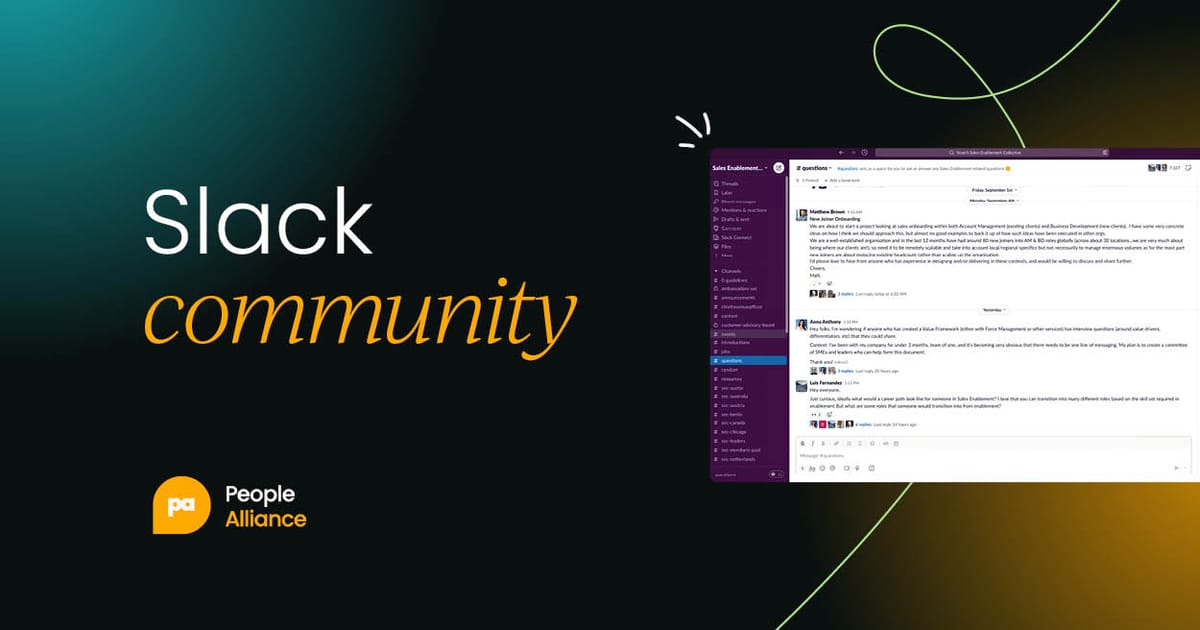



 Follow us on LinkedIn
Follow us on LinkedIn